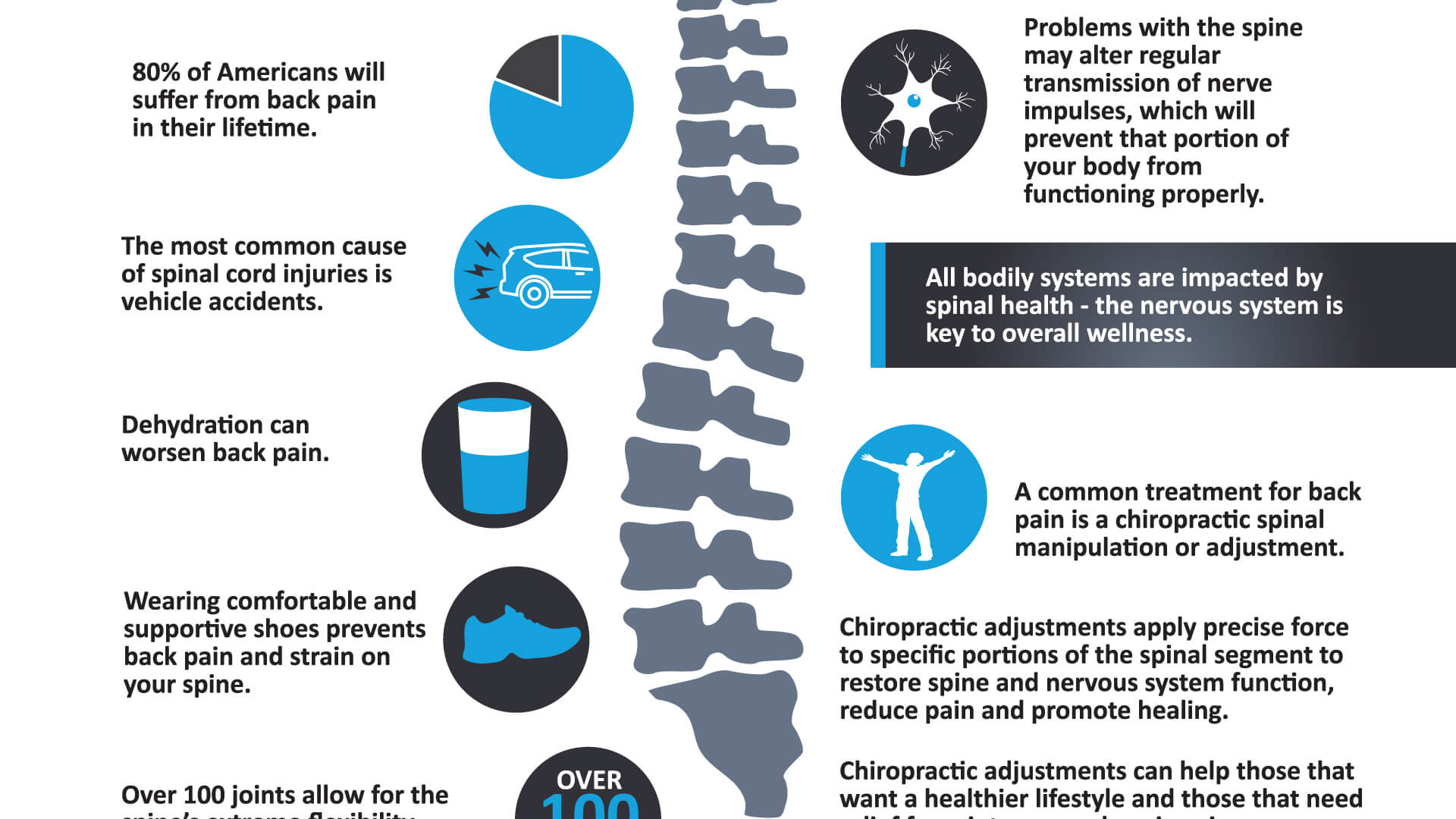An Overview To Establishing An Ergonomic Work Space To Relieve Neck Discomfort: Step-By-Step Directions
An Overview To Establishing An Ergonomic Work Space To Relieve Neck Discomfort: Step-By-Step Directions
Blog Article
Authored By-Wynn Justesen
To stop neck discomfort at your workstation, guaranteeing your setup is ergonomically audio is crucial. Think of an office where each component is tailored to support your body's placement and lower strain. By following a few simple steps, you can change your desk area right into a haven of comfort and productivity. Yet how precisely can you achieve this unified equilibrium in between work and wellness? Let's discover the vital ideas to produce an ergonomic work area that will keep neck pain at bay.
Assess Your Existing Configuration
Wondering if your current workspace is adding to your neck discomfort? Take a moment to examine your setup. Beginning by considering your computer system screen. Is it at eye level, or do you find yourself regularly looking up or down? Readjust the display to ensure that your stare is naturally according to the top of the screen.
Next, consider your chair. Are you slumping over or stooping over while you function? Your chair ought to support your lower back and promote excellent posture. Readjust the elevation to ensure that your feet are level on the floor and your knees are at a 90-degree angle.
Focus on the setting of your key-board and computer mouse. Are they within very easy reach, or are you constantly reaching and straining your arms and shoulders? Keep these tools close to your body to reduce unnecessary motions.
Finally, think of your lighting. Is it as well brilliant or also dark? Proper lights can minimize eye pressure and alleviate tension in your neck. Make these little changes to produce an extra ergonomic work space and aid alleviate your neck pain.
Adjust Your Chair and Desk
To produce a more ergonomic work space and lower neck pain, guaranteeing proper modification of your chair and desk is crucial. Begin by changing your chair to make sure that your feet rest flat on the floor, knees are at a 90-degree angle, and your lower back is sustained by the chair's back support. Your workdesk needs to be at joint height to preserve appropriate arm position and reduce strain on your neck and shoulders. Ensure there suffices space under the desk for your legs to relocate conveniently.
When adjusting your desk elevation, guarantee your wrists continue to be straight while inputting and utilizing the mouse. Your monitor must go to eye degree, about an arm's size away, to avoid you from straining your neck by overlooking or up. Keep your keyboard and mouse near prevent overreaching, which can trigger shoulder and neck pain.
Remember to take breaks and stretch periodically to stop stiffness and promote blood circulation. By correctly readjusting your chair and workdesk, you can develop an office that supports excellent pose and minimizes the threat of neck discomfort.
Setting Your Display and Keyboard
For optimum functional designs and to minimize neck pressure, appropriate positioning of your screen and key-board is essential in your work area arrangement. Begin by positioning your screen straight in front of you at arm's length away, making certain the top of the display goes to or somewhat listed below eye level. https://www.imcgrupo.com/5-things-that-can-be-treated-by-a-chiropractor/ helps in reducing strain on your neck by keeping it in a neutral placement.
https://chiropracticdoctorsclinic27161.snack-blog.com/29251135/a-comprehensive-guide-on-selecting-the-perfect-pillow-for-neck-pain-alleviation -board to make sure that your elbow joints are curved at a 90-degree angle and your wrists are straight while inputting. Your key-board must be positioned at a height that permits your shoulders to stay relaxed and your arms to be parallel to the flooring. Furthermore, make certain the mouse is placed alongside your key-board at the very same degree to stay clear of reaching or turning.
Remember to take time-outs to extend and readjust your position throughout the day, maintaining great placement and preventing neck discomfort. An efficient work area with appropriately placed screen and key-board can dramatically impact your convenience and efficiency.
Conclusion
Finally, by adhering to these basic steps to develop an ergonomic office, you can dramatically decrease neck discomfort and discomfort. Keep in mind to assess your existing arrangement, readjust your chair and desk, and place your monitor and key-board properly. By taking these positive procedures, you can improve your general comfort and productivity while functioning.
